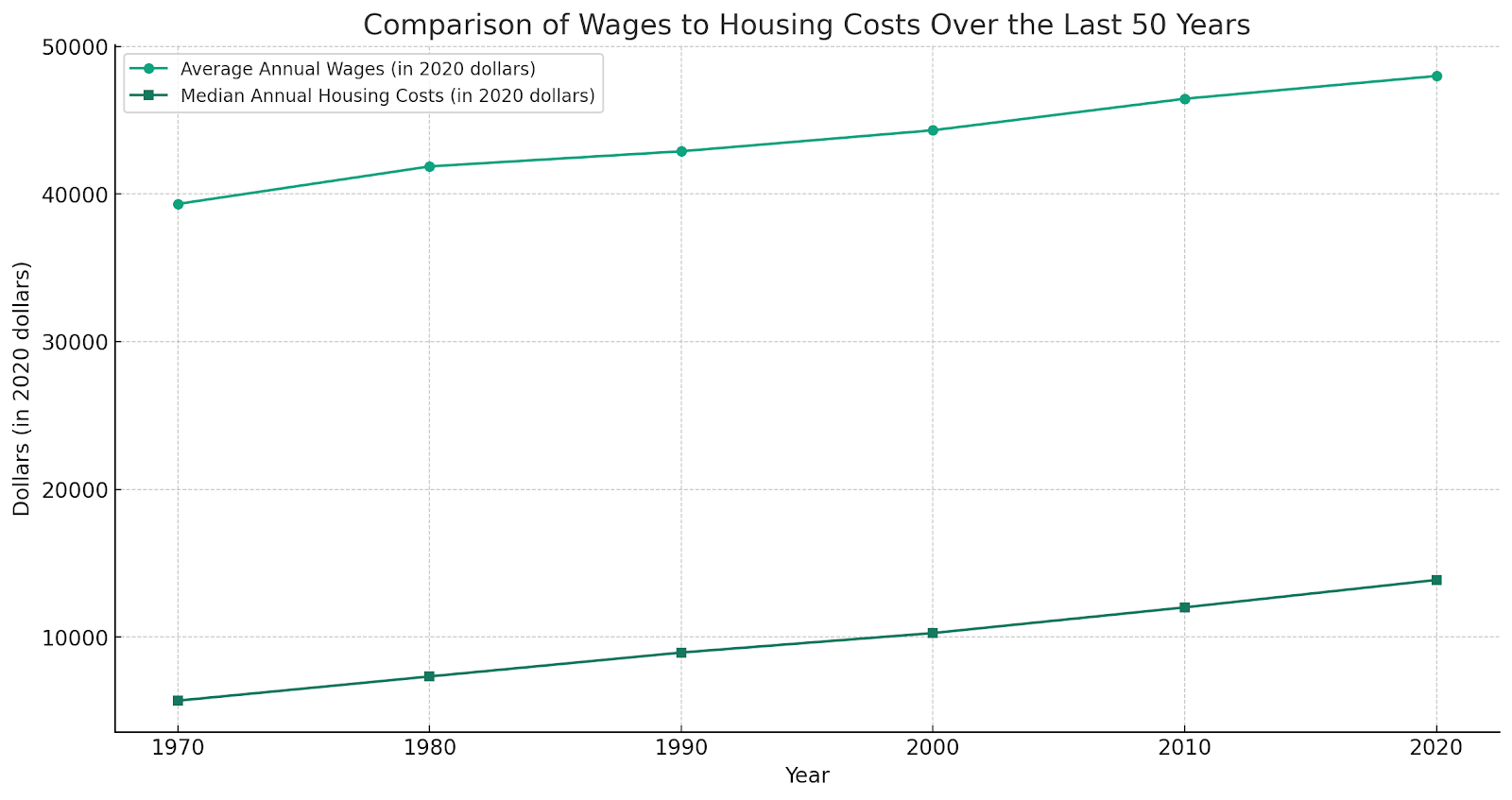There are a few examples of how any person or business can profit from making political donations.
Jeff Yass the donor in this case gave $6 million to Mr Abbott, a politician in TX. Mr. Yass has been called the richest man in Pennsylvania. Yass is a mega-donor having made contributions to controversial lawmakers such as Kentucky’s Republican Sen. Rand Paul, Missouri Sen. Josh Hawley, and Florida Gov. Ron DeSantis in addition to Mr. Abbott in TX. In total, he has donated more than $40 million in some form or another to various conservative causes.
A gambler turned trader he founded SIG with a handful of other people. He has made billions trading stocks and managing funds. His donations go into PACs and Super PACs or directly to campaigns and he expects something in return for those donations. What isn't abundantly clear but after getting $6mil Mr. Abbott adopted a strong opinion about school vouchers and has dedicated his career to fighting this battle for what appears to be Mr. Yass's directive.
California passed a new minimum wage with one very strange exception, retail bakeries that bake bread on-site. Oddly specific and why would this one exception be made? It seems very strange until you learn that one of the governor's biggest donors owns 24 such locations, that bake bread on-site with around 1,000 employees, who will be the lowest-paid employees in the state. Every hour this donor earns a return on their investment in the governor.
The Telecommunications Act of 1996, which led to deregulation of the telecom industry, was seen as beneficial to many large telecom companies. These companies were active political donors to campaigns on both sides of the political spectrum. The deregulation allowed for mergers, acquisitions, and expansion that benefited these companies financially. Their investment in a few campaigns continues to pay them a return today. Comcast has a monopoly in many places in America as a direct result of its investment in elections.
The path to profits can be much more direct in terms of "industrial complexes" where the government spends billions on contracts for things like airplanes or bullets for the military. Several industrial complexes put a greater importance on profits than the nation but they fund campaigns so our leaders who are meant to represent the people instead work for those that fund their campaigns. This has been allowed to continue for so long that it has created a new class of ultra-wealthy that controls more and more wealth year after year while the poor get poorer and our imprisoned populations grow as the ruling class criminalizes poverty.
Addiction is a disease that has been criminalized. The very few at the top that made billions from selling opioids suffer no harm while the people impacted by their deception are vilified and incarcerated. Those very few at the very top invested some of those billions into political campaigns, which ones and how much we may never know because dark money is unlimited money.
Taxes and regulations are rather obvious. Mr. Jass is worth $30 billion. If he spends 1% of his wealth to prevent spending 5% of his wealth on taxes it would be a prudent decision but he is actually spending .1% to pay for an effective tax rate that is 5% less than the middle class. It is very cheap to buy influence when so few people can afford it.
The pharmaceutical and healthcare industries are among the largest political donors. They often benefit from policies related to drug approval processes, that allow ultra-wealthy people to sell heroin in a bottle marked safe. They shape patent laws that allow them to charge $700 for $7 worth of medication. That is what makes them an industrial complex. The needs of the for-profit companies are greater than that of the nation.
The intricate relationships between government spending and private industry, particularly in sectors like defense and healthcare, raise important questions about the priorities and values that guide our national policies. The influence these sectors have on policy through political donations speaks to a broader pattern where the interests of the few can outweigh the needs of the many.
As we stand at the crossroads of history, it is clear that the path to a more equitable and just society requires us to rethink and reform how political influence is exerted and regulated. We must strive for a democracy where every voice is heard, not just those amplified by wealth.








